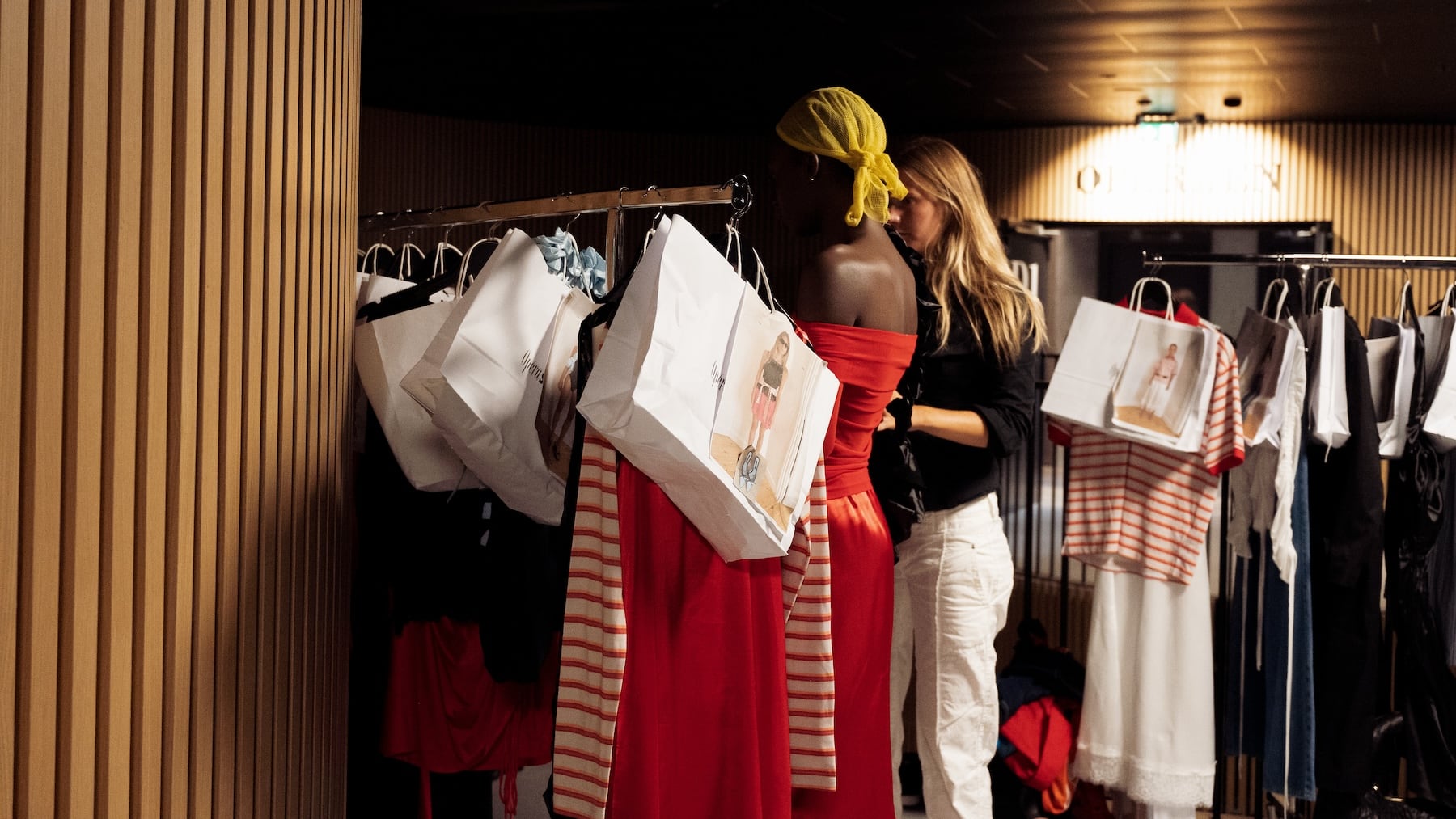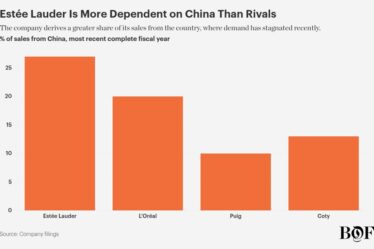
Open SaaS and e-commerce platform Big Commerce’s 2024 Global Ecommerce Report: Fashion and Apparel found that globally, fashion and apparel brands saw a 10.7 percent increase in gross merchandise value (GMV) from Q1 2023 to Q1 2024.
This increase in GMV was partially impacted by the 7.2 percent increase in orders in the same timeframe. On average, brands saw their average order value (AOV) rise from $160 in Q1 of 2023 to $165 in Q1 of 2024, according to BigCommerce’s global customer data sets drawn from over 150 countries.
Today, harnessing AI to forecast demand, set prices, improve product design and connect with customers in new ways is at the forefront of conversation around optimised omnichannel strategies. Personalisation and connected consumer strategies are now critical to align with accelerating consumer behaviour and consumer sentiment seeking more accurate product recommendations, tailored service and individualised retail experiences.
BigCommerce refers to these personalised retail ecosystems as “composable retail”. The publicly listed company supports tens of thousands of B2C and B2B companies across numerous industries, including Harvey Nichols, to build, innovate and grow their businesses online.
“Generative AI is already playing a huge role in tech, and it will only continue to get better and more powerful as time goes on,” said Troy Cox, chief product officer at BigCommerce. “Within e-commerce specifically, there are huge possibilities, like search engine optimisation, language chat services, translations, and image and content creation.”
Compiling insights from three sources of thought leadership shared by BigCommerce, its reports: How AI Is Reshaping Fashion E-Commerce, and the 2024 Global E-Commerce Report: Fashion and Apparel as well as insights shared on stage at SXSW in 2024, BoF shares the most pertinent insights relevant to optimising omni-channel strategies below.
True Personalistion and ‘Composable’ Retail
BoF: As much as one-fourth of generative AI’s potential value in fashion may be driven by use cases in design and product development. However, balancing [consumer] intent with discoverability is incredibly nuanced. Few retailers are even taking the critical next step to offer individualised product recommendations and search results on their e-commerce websites — what experts call “true personalisation”. Adoption is slow because, even with current technological advancements, implementing personalisation in e-commerce is complicated.
Brands must either build algorithms that can predict customers’ behaviour from scratch, or use software platforms that can do the heavy lifting for them. Last year, Manhattan Associates surveyed more than 100 brands and retailers, and only 20 percent of them said they customise product recommendations based on a customer’s purchase history.
BigCommerce: The future of e-commerce is composable. As customer expectations continue to shift, brands need an e-commerce platform that allows them to customise experiences tailored to cohorts, and even individual customers’ needs.
AI and machine learning grew by leaps and bounds in 2023, and this year, brands should begin using AI and machine learning to better leverage customer data to serve up the right message in the right place at the right time.
Personalised Dynamic Pricing
BoF: Businesses need to build dynamic pricing capabilities that account for fluctuations in customer purchasing power and can maximise impact across assortments and regions. This approach better enables businesses to adapt to a high-inflation environment, protect top lines but also manage inflation’s impact on consumers.
Big Commerce: Brands can use customer data to not only offer personalised product recommendations, but personalised pricing based on shopping journeys.
By offering personalised pricing, brands can often entice customers into a purchase faster than with discount codes or coupons. The key is aligning real-time market conditions, customer insights, and digital marketing efforts.
Customer-Facing AI Technologies
BoF: AI use-cases range from online shopping assistance to product descriptors, campaign creation and copywriting for merchants. Creatively, image generators like Midjourney are reinvigorating campaigns. The management consultancy firm McKinsey estimates AI technology could increase the productivity of the marketing function with a value between 5 and 15 percent of total marketing spending. Customers are expecting a personalised experience — and shopping pages still being static is out of alignment of what we know we can do with AI.
BigCommerce: Tommy Hilfiger was an early innovator in the AI space, launching an AI chatbot on their Facebook page in 2016. The chatbot helped shoppers browse collections and select outfits in addition to suggesting collections based on their style.
Operational AI Technologies
BoF: Generative AI is leading the charge of next-gen tech shaping industries and their workplaces, but just 5 percent of fashion executives are ready to make best use of it. McKinsey & Company estimates that gen AI could add up to $275 billion of economic potential to apparel, fashion and luxury sectors’ operating profits.
BigCommerce: AI can analyse data from supply chain attribution sets (sourcing, production, demand forecasting, etc.), identify inefficiencies and suggest improvements. AI is especially powerful when it comes to trend forecasting.
This is a sponsored feature paid for by BigCommerce as part of a BoF partnership.



